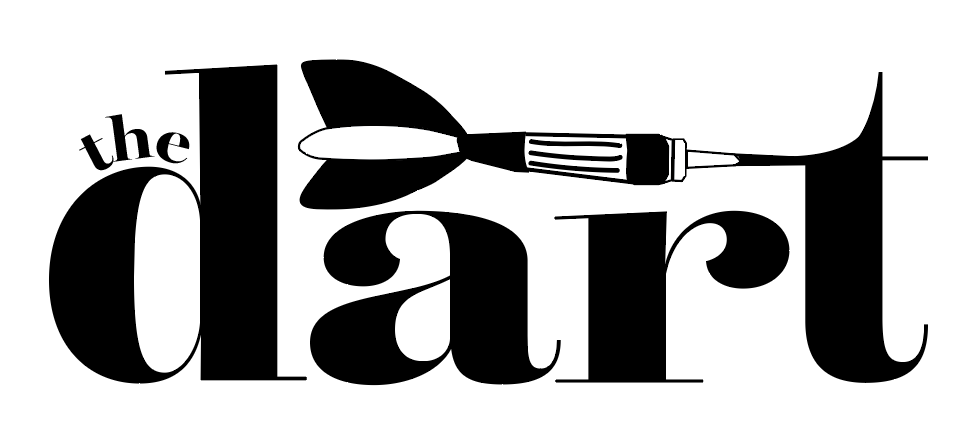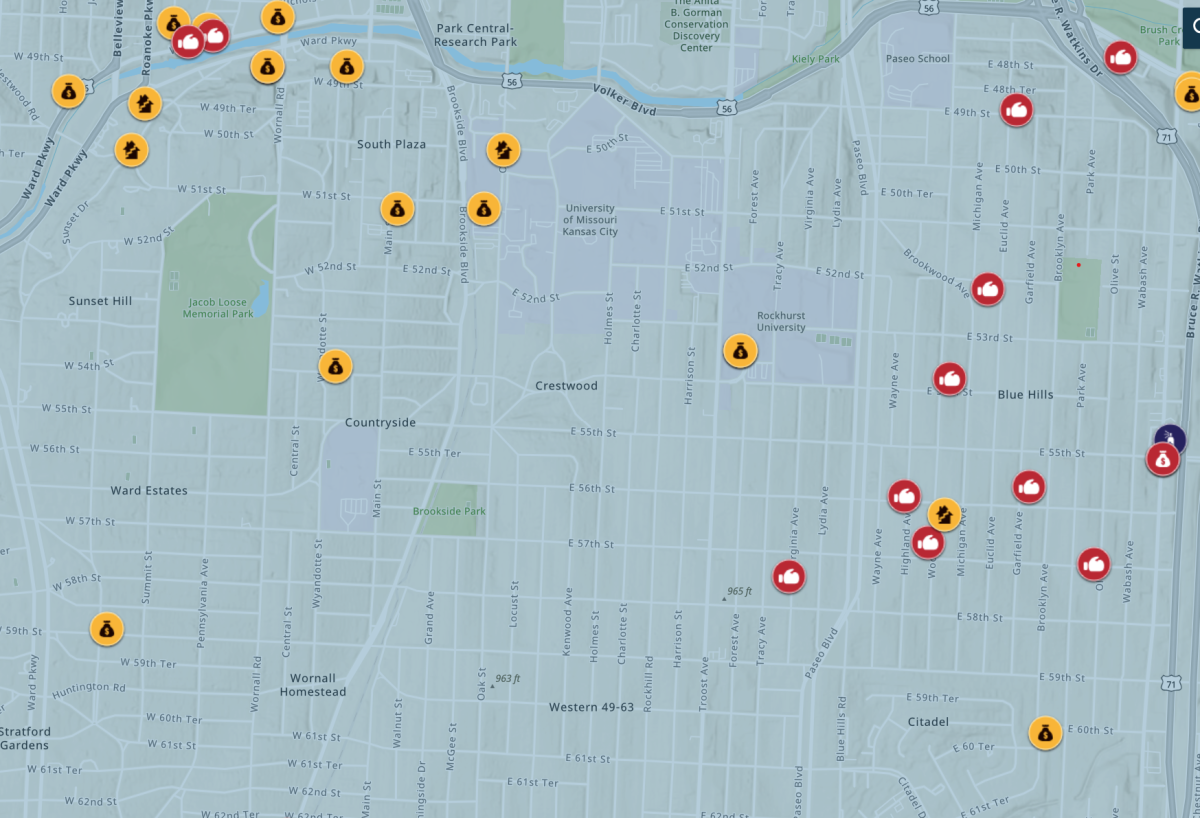Across the nation, healthcare providers and their patients are feeling the impact of growing medication shortages, as once-available treatments become more difficult or almost impossible to find. From essential hospital supplies like IV fluids to treatments as debated as Ozempic, many patients are finding themselves unable to access the care they rely on.
These are not the only medications in short supply, according to Dr. Chloe Aspleaf, the Inpatient Pharmacy Operations Manager at University Health KC. Medications like Methylprednisolone, used to treat life-threatening inflammation and swelling, Lorazepam, an important anti-seizure medication, Hydromorphone, for serious pain and Adderall for ADHD are among some of the most vital currently in a nationwide shortage.
As the primary handler of drug shortages at University Health KC, Aspleaf recognizes the growing urgency of the situation.
“Shortages can impact patient care greatly,” Aspleaf said. “We are often trying to make a plan without a lot of information, because we don’t know how long the medication will be unavailable. It is a complicated problem to try and solve for so many drugs.”
As these pressing shortages continue to worsen, pharmacies are increasingly forced to make medication substitutions to ensure patients receive proper treatment.
“If we do not have any supply of a medication, then we have to find alternative medications that can treat the patient,” Aspleaf said. “These are medications that are often in the same ‘class’ of drug that can treat the same condition, but are not on shortage. For example, we can utilize Midazolam in place of Lorazepam or utilize Morphine in place of Hydromorphone.”
While drug shortages have been an ongoing issue, many patients are unaware of the underlying causes.
“We don’t always know the ‘why’,” Aspleaf said. “The most common reasons are manufacturing and quality problems, production delays and shortage of raw materials. On top of this, there are factors that nobody can predict, like hoarding, stockpiling and natural disasters.”
One such disaster was a major cause of the shortage of IV fluids. A storm surge caused by what remained of Hurricane Helene flooded a major IV fluid plant in North Carolina, operated by Baxter. The shortage of IV fluids is particularly critical. Prior to the shortage, hospitals would replace IV fluids before they ran dry, but now they must make every drop count—potentially increasing the risk of infection.
As the nation faces an ongoing medication shortage, healthcare providers are doing their best to manage the crisis and minimize the impact on patients. However, as the causes of these shortages remain unpredictable, the struggle is far from over. Experts like Aspleaf stress the importance of continued vigilance and adaptability in the face of such challenges, and the need for a collective effort to address the root causes.
“Shortages are major issue, and they impact patients across the country,” Aspleaf said. “Could you imagine not being able to get chemotherapy for a loved because of a drug shortage? That is why it is such an important issue and it can be really frustrating for many patients and their families. Pharmacies across the country are performing miracles in managing these drug shortages and minimizing the patient impact every day.”






